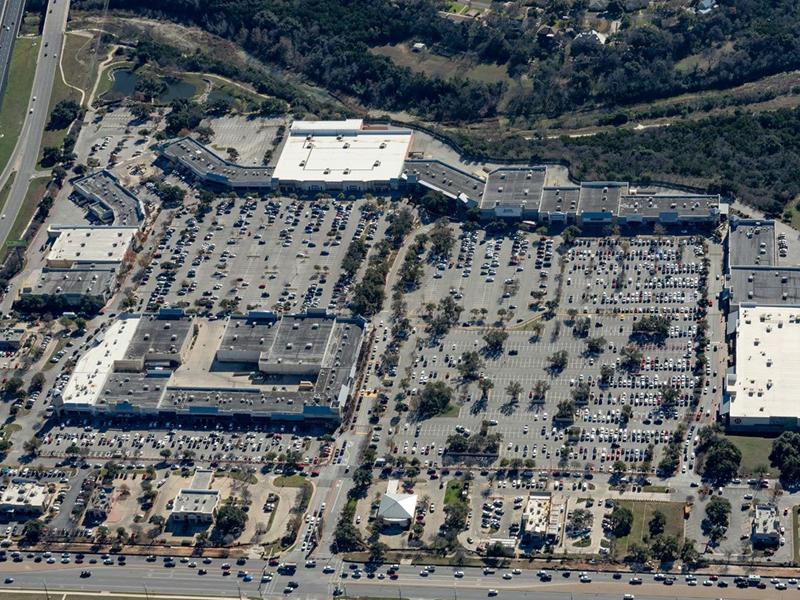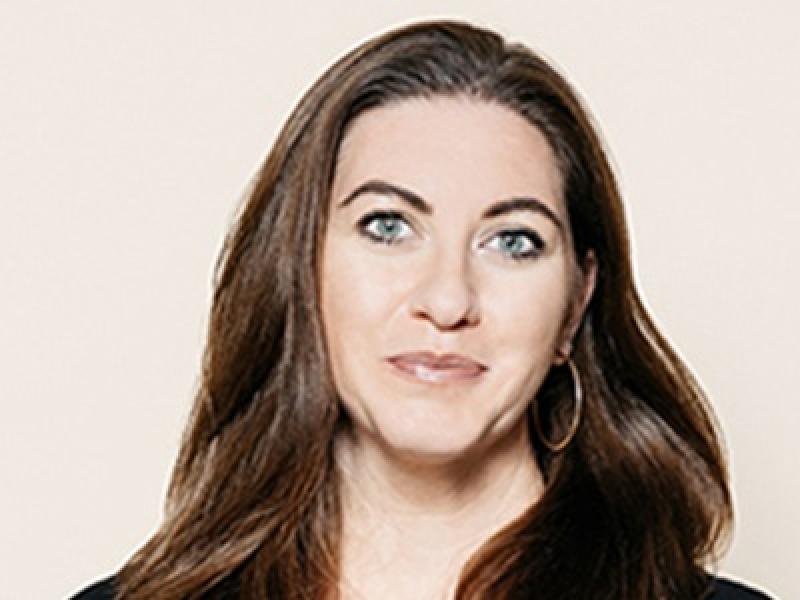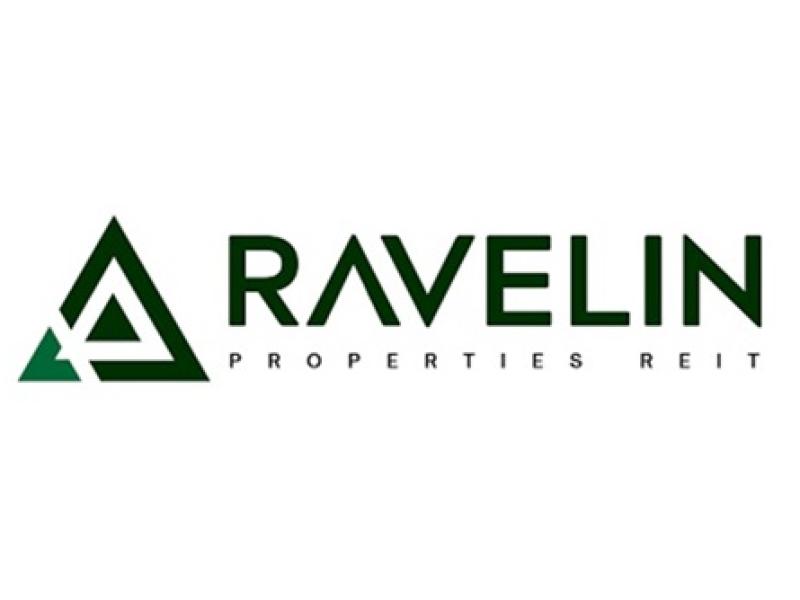
Perseverance is the mantra around the development community in B.C.'s Lower Mainland these days - as it is in many markets across Canada.
Already not amused by high development charges from regional governments and facing sluggish demand for new housing and other property types, B.C. developers are anticipating more economic uncertainty. In particular, their radars are locked on the challenging financing situation and the potential for rising construction costs stemming from the U.S. trade war.
Pedro Tavares, senior vice-president at JLL, said his research suggests that roughly half of building materials used locally could be subject to tariffs. He was moderating a panel at the Vancouver Real Estate Forum on April 24 focused on surveying the state of the region's development market.
He was joined by panelists Lilian Arishenkoff, senior vice-president, development with Wesbild; Byron Chard, president and CEO of Chard Development; and Ben Taddei, partner and COO with Conwest.
“Items having the highest tariff risk were identified as being lumber, steel, aluminum and mechanical-electric systems,” Tavares said.
Chard already pivoting on building supplies
Chard said his organization is developing about 3,000 rental homes, and has two hotels under development, but is making pivots where necessary, including converting condo projects into rental apartments. “Right now, we have about half-a-billion (dollars) under construction in three projects,” he said, noting the firm had yet to receive any “tariff notices” from its general contractors.
“We have pivoted a lot of our supply chain,” Chard said. “We started this in January. We gave notice to all of our consultants on future projects as well, to try to start to spec away from the U.S.”
Thus far they have been able to pivot away from U.S. suppliers by 60-70 per cent via this proactive approach. Thus, Chard estimated overall price exposure on its projects is around one per cent or lower currently. “We are seeing mechanicals (items) continue to rise (in price),” he noted.
Chard is minimizing tariff risk “even though the tariff risk changes every single day.” he said.
Taddei, whose organization has two main streams: civil infrastructure work and a development group, said the firm is starting to get requests to make supply chain changes for its civil work: “Especially stuff that's coming in through the States.” Changes haven’t been consequential yet, but “it’s coming.”
Taddei said Conwest's industrial projects have a fairly simple supply chain: concrete, steel and HVAC, with minimal interior build-outs. “We build strata for our portfolio, and I don't see a lot of tariff-related pressure in that space.”
Organizing financing has become more of a hurdle
For Chard, the key to maintaining a steady flow of financing to build its projects has been communication. It helps to tell the “Chard story".
“We have a fantastic debt team here at Chard, and are very proactive in sharing our story, sharing how we're mitigating risk, how we're controlling risk, and how we're looking at risk,” he said.
The firm is spending time doing the upfront work with lenders so there are no surprises.
“That's something I learned during COVID . . . communicate, communicate, and overcommunicate. I would say that's what we're doing with our lenders.”
Wesbild tries to support home, industrial buyers
Arishenkoff said Wesbild is putting extra work into supporting its buyers in a tougher financing market, both with townhomes and with strata industrial units. Arishenkoff noted the townhome market has been a relative strength for Wesbild.
“We are working with potential purchasers to come up with creative ways to sell our product,” she said.
In some cases they’re accommodating lease-to-own arrangements and even “holding the hand” of purchasers to get their financing in order, she said. “We're even helping (industrial buyers) with the city and ensuring that whatever use that they're proposing actually works within the parameters of the zoning.”
In terms of arranging its own financing to construct buildings, Wesbild works with high-net-wealth individuals and equity partners. “We're out there trying to kind of continue to build those relationships and continue to bring them on side.”
One challenge is managing expectations on returns for those investors, she said. “Several folks out there and organizations; their (expected) returns and expectations for projects are much higher than what the market will bear today.”
Taddei noted Conwest doesn’t involve institutional or outside investors in its development pipeline and remains focused on managing its own capital. He sees this down market as an opportunity to start amassing land for the next property bull run.
“You're going to see groups like ours . . . buy ahead of the curve,” he said. “You buy below that cost. It takes you two or three years to get your approval, your margin is positive, your organization is good and you move on.”
Not everybody is in that camp, of course.
“But life does move forward, and it's those companies that do well,” Taddei said. “You have to be confident. You also have to have a strong desire to advocate for your industry and your business.”









